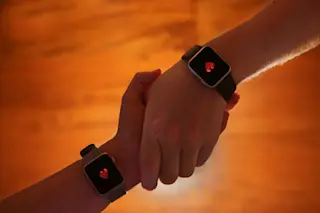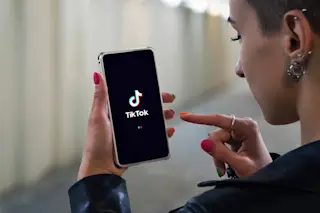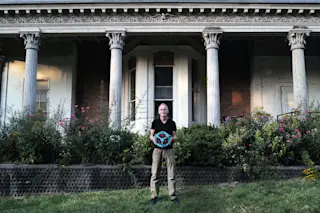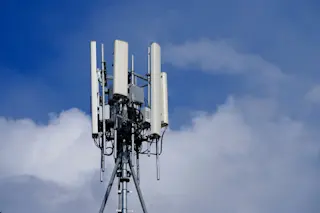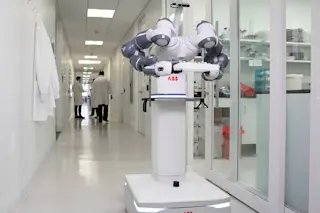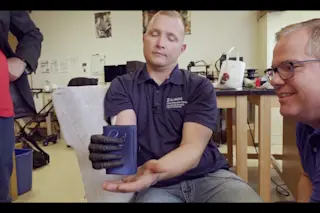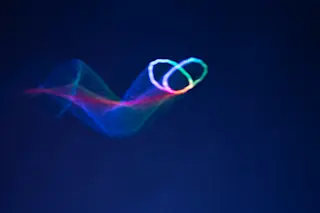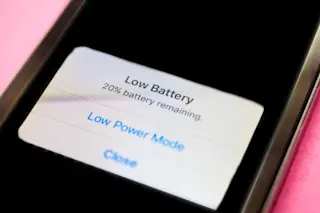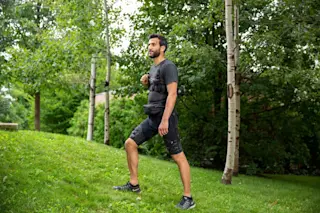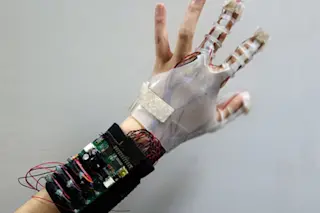Before a genetic disease damaged Michael Hancock’s vision, he was an avid pilot, an avocation that inspired his current research. Hancock, a neuroscientist at the University of Texas Medical Branch at Galveston, has developed a system of infrared beacons that will help blind people find their way inside unfamiliar buildings. He calls his invention find, for friendly infrared navigation device, and modeled it after aircraft navigation technology.
The beacons in Hancock’s system are placed over office doors, rest rooms, water fountains, and elevators, or at relay points like hallway intersections. Each beacon sends a set of numbers, coded in infrared signals, down both directions of a hallway. The beacons flash one after the other, rather than simultaneously, to prevent interference among the signals. The numbers indicate the room, floor, and hallway where the beacons are located. To get to a room marked by a beacon, you use a small receiver, ...



